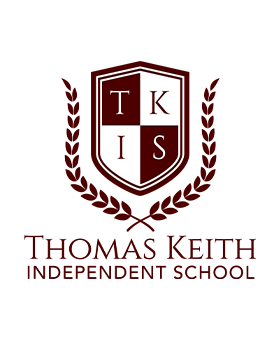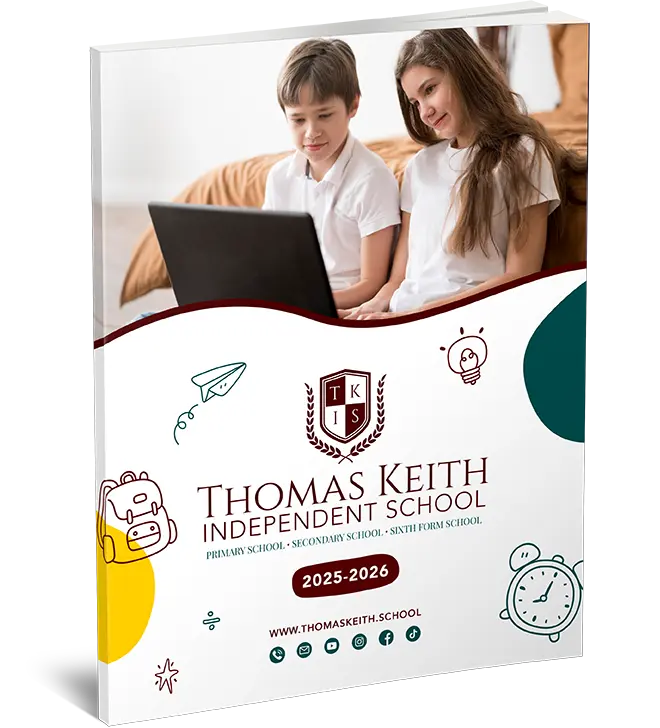
Demystifying the Key Stage 1 Maths SATs: A Comprehensive Guide for Parents and Educators
Understanding the Key Stage 1 Maths SATs Assessment
The key stage one maths sats assessment is an essential evaluation of a child’s mathematical abilities at the end of Key Stage 1 (ages 5-7) in the British education system. It aims to gauge their understanding of fundamental mathematical concepts and skills. The assessment covers various areas, including number and place value, addition and subtraction, multiplication and division, fractions, measurement, geometry, and statistics. You can find out homeschool tutor cost on our website.
Parents and educators must have a solid understanding of the Key Stage 1 Maths SATs assessment. This understanding allows them to identify areas of strength and weakness in a child’s mathematical skills and tailor their teaching and support accordingly. Additionally, it helps track a child’s progress over time, ensuring they are on track with their mathematical development.

Preparing Key Stage 1 Pupils for Maths SATs Examinations
The Maths SATs examinations at Key Stage 1 (KS1) play a significant role in assessing a child’s mathematical abilities. To help pupils succeed in these exams, it is essential to provide them with adequate preparation and support. Here are some key strategies to prepare Key Stage 1 pupils for Maths SATs examinations:
- Develop a solid foundation: Focus on a strong understanding of critical mathematical concepts covered in the KS1 curriculum, such as number operations, shapes, measurements, and basic statistics. Ensure pupils fully grasp these fundamentals before moving on to more complex topics.
- Regular practice: Provide pupils with ample opportunities to practice Maths SAT-style questions. This helps familiarise them with the exam format and boosts their confidence. Encourage periodic revision and provide targeted practice materials.
- Utilise interactive resources: Use interactive educational resources, such as online games, apps, and worksheets, to make learning engaging and enjoyable. These resources can reinforce concepts, provide immediate feedback, and make revisions more interactive.
- Teach problem-solving skills: Help pupils develop problem-solving strategies and encourage them to apply them in real-life scenarios. Incorporate problem-solving activities into regular lessons to enhance their critical thinking abilities.
- Create a supportive environment: Foster a supportive and encouraging classroom atmosphere that reduces anxiety and promotes a positive attitude towards Maths SATs examinations. Offer praise, constructive feedback, and individualised support to help pupils thrive.
Practice and Revision Resources for Key Stage 1 Maths SATs
Pupils need access to high-quality practice and revision resources to excel in Key Stage 1 Maths SATs examinations. These resources reinforce concepts, build confidence, and familiarise pupils with the exam format. Here are some effective practice and revision resources for Key Stage 1 Maths SATs:
Past papers: Past papers provide valuable insight into the format, types of questions, and difficulty level of the Maths SATs examinations. They help pupils become familiar with the exam structure and develop practical time management skills.
Workbooks: Maths SATs workbooks offer a comprehensive range of practice questions and exercises aligned with the Key Stage 1 curriculum. These workbooks cover various topics, allowing pupils to consolidate their understanding and identify areas for improvement.
Online practice platforms: Several online platforms offer interactive resources specifically designed for Key Stage 1 Maths SATs. These platforms provide various question types, instant feedback, and progress tracking, making learning engaging and effective.
Educational apps: Mobile apps can provide an accessible and engaging way for pupils to practice Maths SATs skills. Look for apps that offer a variety of activities, games, and quizzes to reinforce mathematical concepts and problem-solving skills.
Teacher-created resources: Many teachers create their own practice and revision materials tailored to the specific needs of their pupils. These resources may include worksheets, task cards, and interactive activities that align with the Key Stage 1 Maths SATs curriculum.

Strategies for Managing Test Anxiety in Key Stage 1 Maths SATs
Test anxiety can be a common challenge for Key Stage 1 pupils preparing for Maths SATs examinations. The pressure to perform well can negatively impact their confidence and hinder their ability to demonstrate their true abilities. Here are some effective strategies for managing test anxiety in Key Stage 1 Maths SATs:
Create a positive environment: Foster a supportive and encouraging classroom environment where pupils feel safe to express their concerns and ask questions. Encourage peer support and emphasise that mistakes are a natural part of the learning process.
Teach relaxation techniques: Introduce relaxation techniques, such as deep breathing exercises, mindfulness, and progressive muscle relaxation, to help pupils calm their nerves before and during the exam. Practice these techniques regularly to make them familiar and accessible.
Break down the revision process: Help pupils develop a structured revision plan that breaks down the content into manageable chunks. This approach prevents overwhelming feelings and allows pupils to focus on one topic at a time, increasing their sense of control.
Familiarise with the exam format: Provide opportunities for pupils to become familiar with the Maths SATs exam format through practice papers and mock tests. This familiarity reduces anxiety related to the unknown and builds confidence in tackling different question types.
Encourage positive self-talk: Teach pupils to replace negative thoughts with positive and empowering self-talk. Please encourage them to affirm their abilities and remind themselves of their strengths and past successes.
Emphasise a healthy lifestyle: Promote a healthy lifestyle that includes regular exercise, adequate sleep, and a balanced diet. Physical well-being plays a significant role in managing anxiety and enhancing cognitive function.
Interpreting and Using Key Stage 1 Maths SATs Results
Key Stage 1 Maths SAT results provide valuable insights into a pupil’s mathematical progress and areas of strength and weakness. Interpreting and utilising these results effectively can guide future teaching and support strategies. Here are vital steps to interpret and use Key Stage 1 Maths SATs results:
Review individual performance: Analyse each pupil’s results to identify their level of understanding in different mathematical areas. Look for patterns or trends to identify specific concepts or skills that require additional attention.

Set personalised goals: Based on the results, set customised learning goals for each pupil. These goals should address their areas of weakness while building upon their strengths. Goals should be specific, measurable, achievable, relevant, and time-bound (SMART).
Differentiate instruction: Tailor teaching strategies to meet the individual needs of pupils. Provide additional support or extension activities based on their Maths SATs results. Differentiated instruction ensures that pupils receive the appropriate level of challenge and support.
Provide targeted interventions: For pupils who require extra support in specific areas, develop targeted interventions or interventions. These may include one-on-one or small group instruction, guided practice, or using particular resources to address their individual needs.
Communicate with parents: Share the Maths SAT results with parents, providing them with a clear understanding of their child’s progress and areas for improvement. Discuss strategies that can be implemented at home to reinforce learning and offer support.
Track progress over time: Regularly assess and monitor pupils’ progress in their Maths SATs results. This helps measure the effectiveness of interventions and informs adjustments to teaching strategies as needed.





